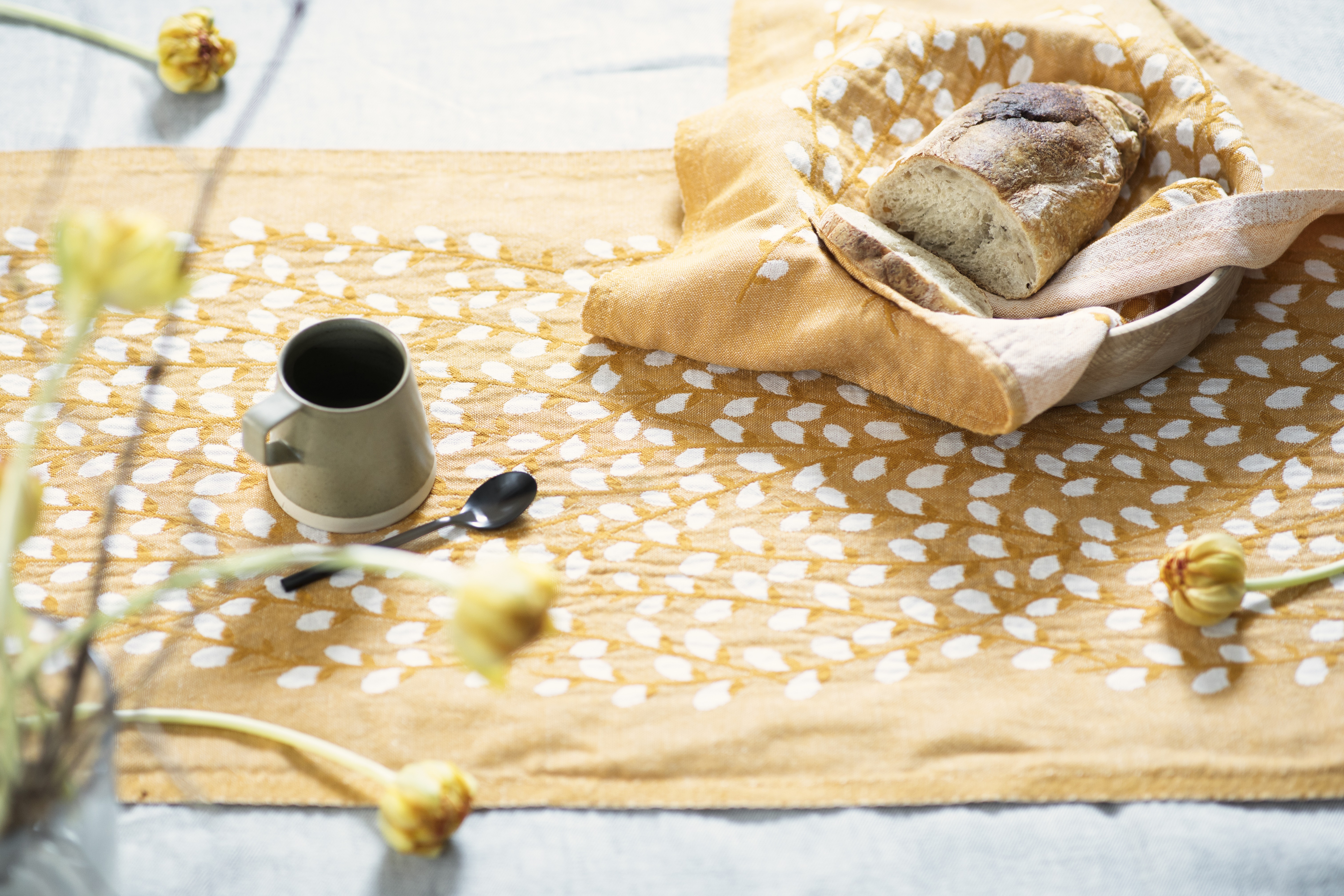
Sustainability is something many of us want more of in our lives. The question is: what is it, really, and how do you really know that the products you are buying are sustainable?
When it comes to home furnishings, it is particularly easy to feel at a loss about just what it is you are buying, with many companies still not disclosing the origin of their materials, or the processes used in the manufacturing of the product. These two steps are, in a nutshell, what sustainability is: what the product is made from, and how it is made (which include where, and by whom).
Finnish soft furnishings manufacturer Lapuan Kankurit are showing the world how it's done, with a stunning range of woven home furnishings and accessories sustainably made, mostly from linen (although they do use some cotton and wool, too).
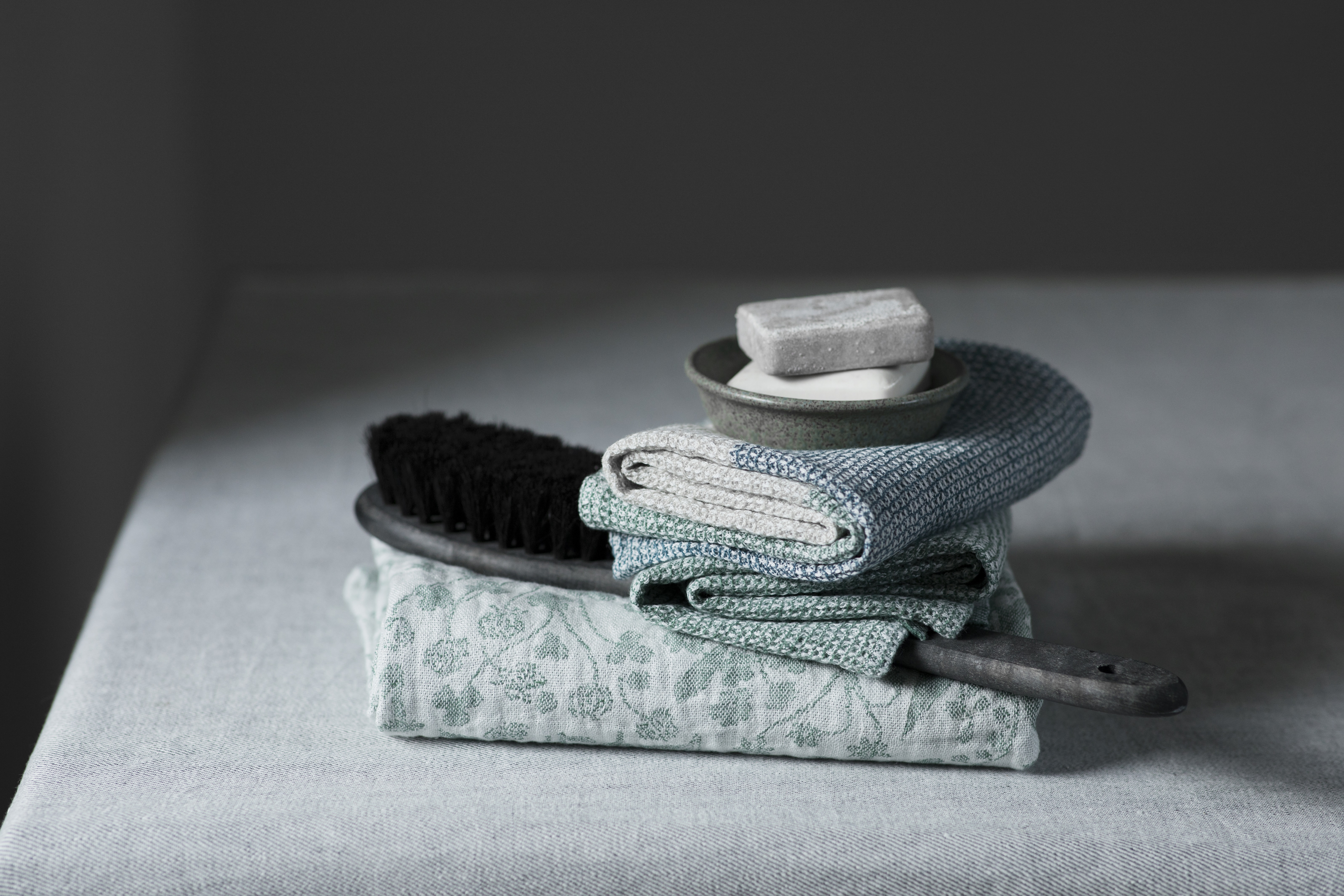
The business has been owned by the same family since 1917, and prides itself on using local labour and traditional, local manufacturing techniques. In fact, most of the products are made on site at the linen and wool mill, and any out-sourcing is kept as local as possible to a workshop in nearby Lithuania.
And – Lapuan Kankurit primarily use linen as their raw material. Not only is linen a luxurious, breathable and durable yarn – perfect for bedlinen and towels, among lots of other things – but it's also a highly sustainable natural resource, with a nearly waste-free production cycle.
Over 80 per cent of the world's flax is grown in Europe, and when it is harvested, all parts of the plant are used (in paper, oil, and bio-material manufacturing). The remaining root then fertilises the soil. Linen also requires no irrigation, only rainwater. Due to its climate-specific distribution, however, it's not cheap, and accounts for only about 1 per cent of all the yarns used in textile manufacturing today.
The spring-summer Lapuan Kankurit collection launches in late January and will include bedlinen, towels and bathrobes, cushions and throws, kitchen linens and personal accessories such as scarves.
Join our newsletter
Get small space home decor ideas, celeb inspiration, DIY tips and more, straight to your inbox!
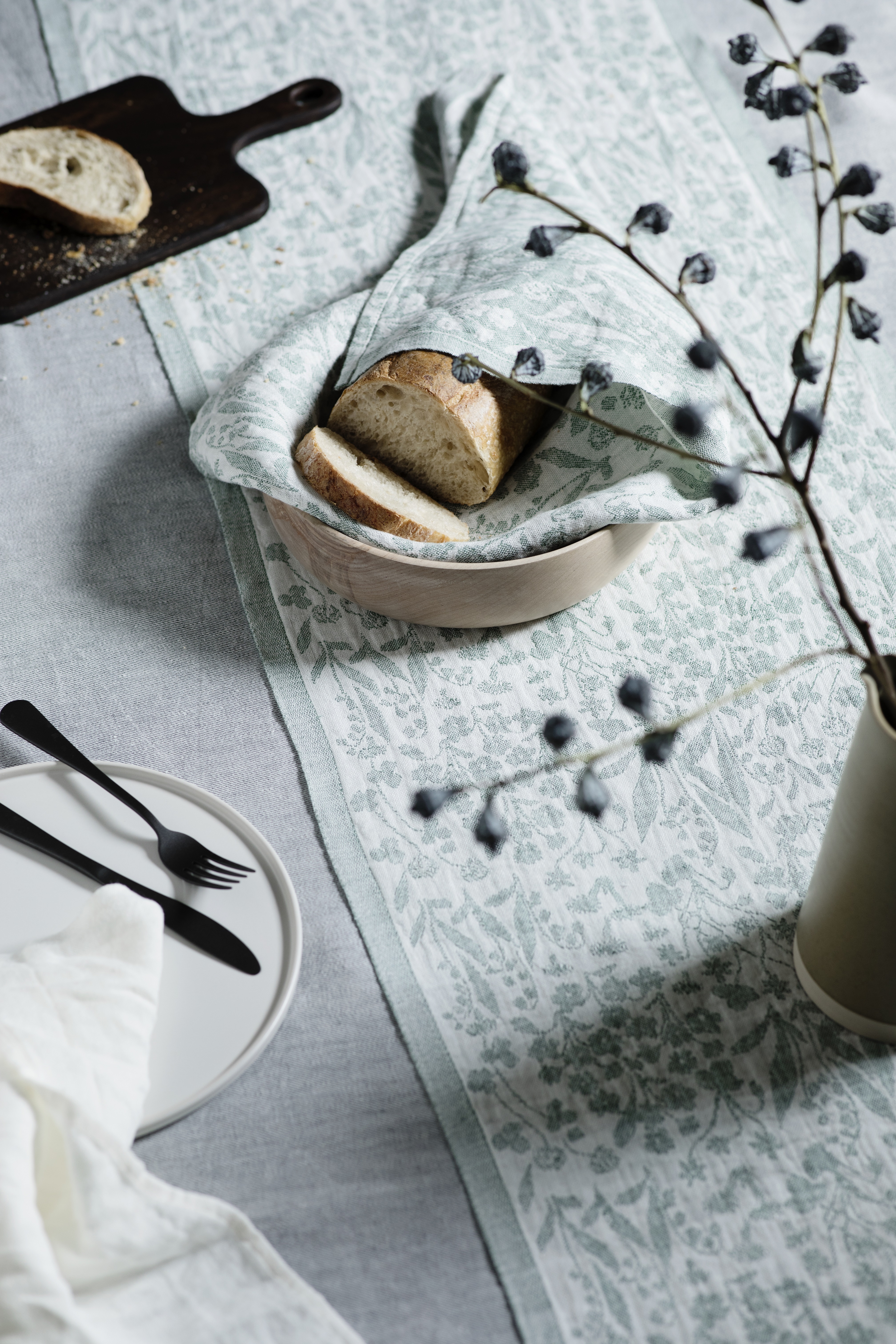
- Find out more about living sustainably on our eco hub page
Anna is a professional writer with many years of experience. She has a passion for contemporary home decor and gardening. She covers a range of topics, from practical advice to interior and garden design.
-
 How to cool down a room: 7 simple, smart, cheap ways to keep heat at bay this summer
How to cool down a room: 7 simple, smart, cheap ways to keep heat at bay this summerEven without AC, you can learn how to cool down a room fast. We delve into hacks, tips, tricks and devices to keep you comfortable this summer
By Punteha van Terheyden Last updated
-
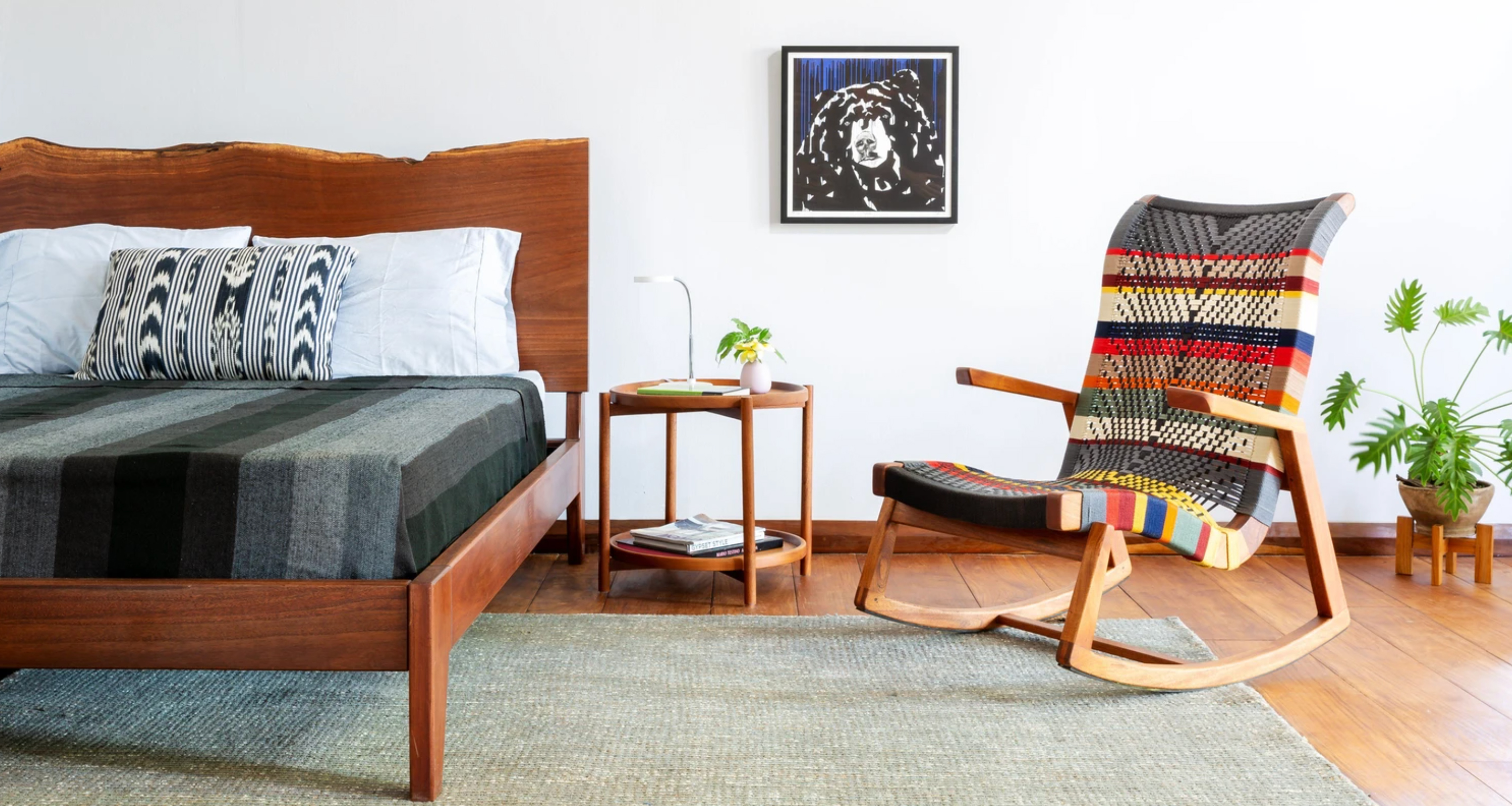 The best sustainable furniture brands: top 5 destinations for eco-friendly buys
The best sustainable furniture brands: top 5 destinations for eco-friendly buysThese are the top sustainable furniture brands we love to shop with; warning: some seriously good-looking furniture lies ahead
By Anna Cottrell Last updated
-
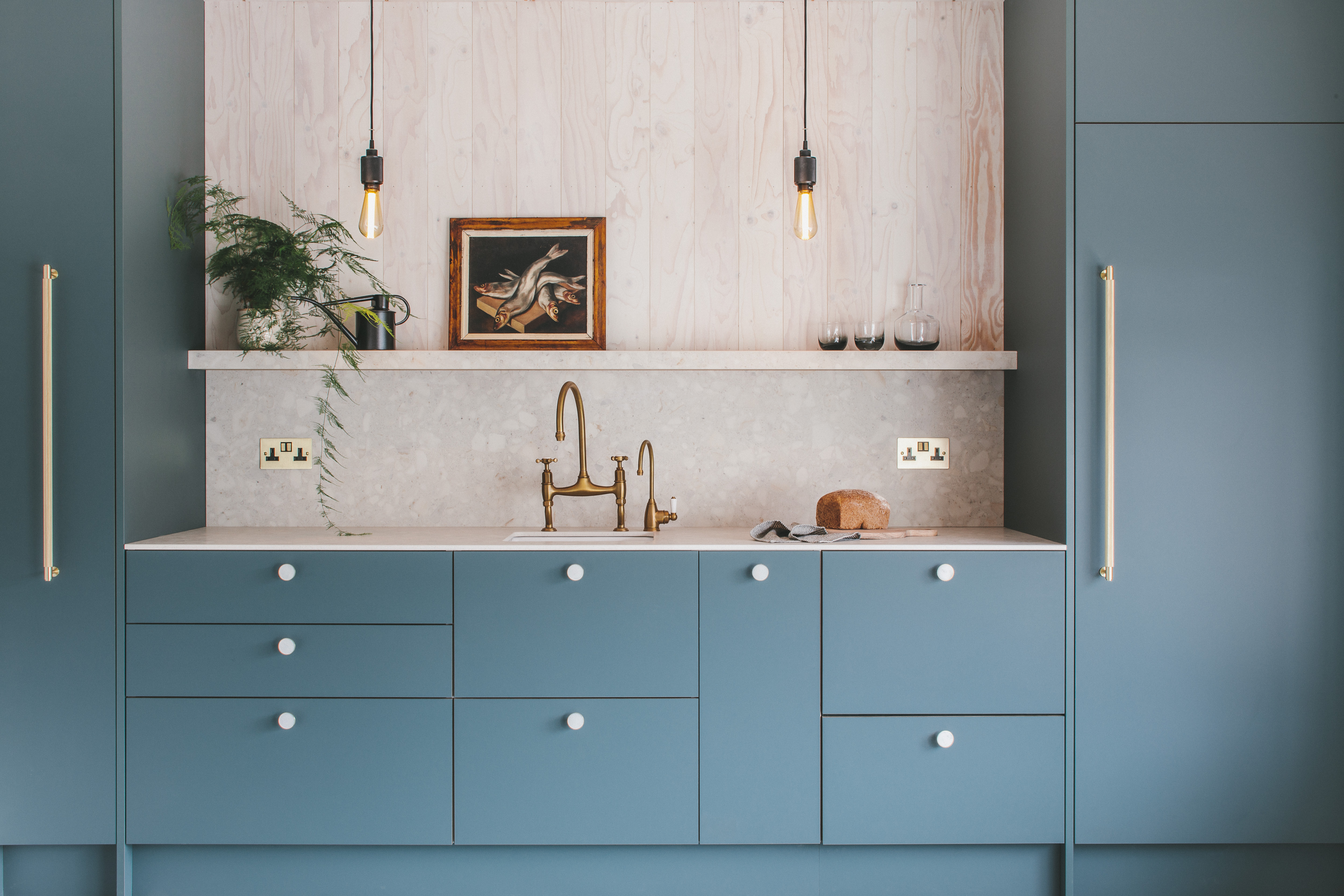 Moving? 5 sustainable living ideas for your new home
Moving? 5 sustainable living ideas for your new homeThese ideas for sustainable living are easy to implement as part of your house move
By Anna Cottrell Published
-
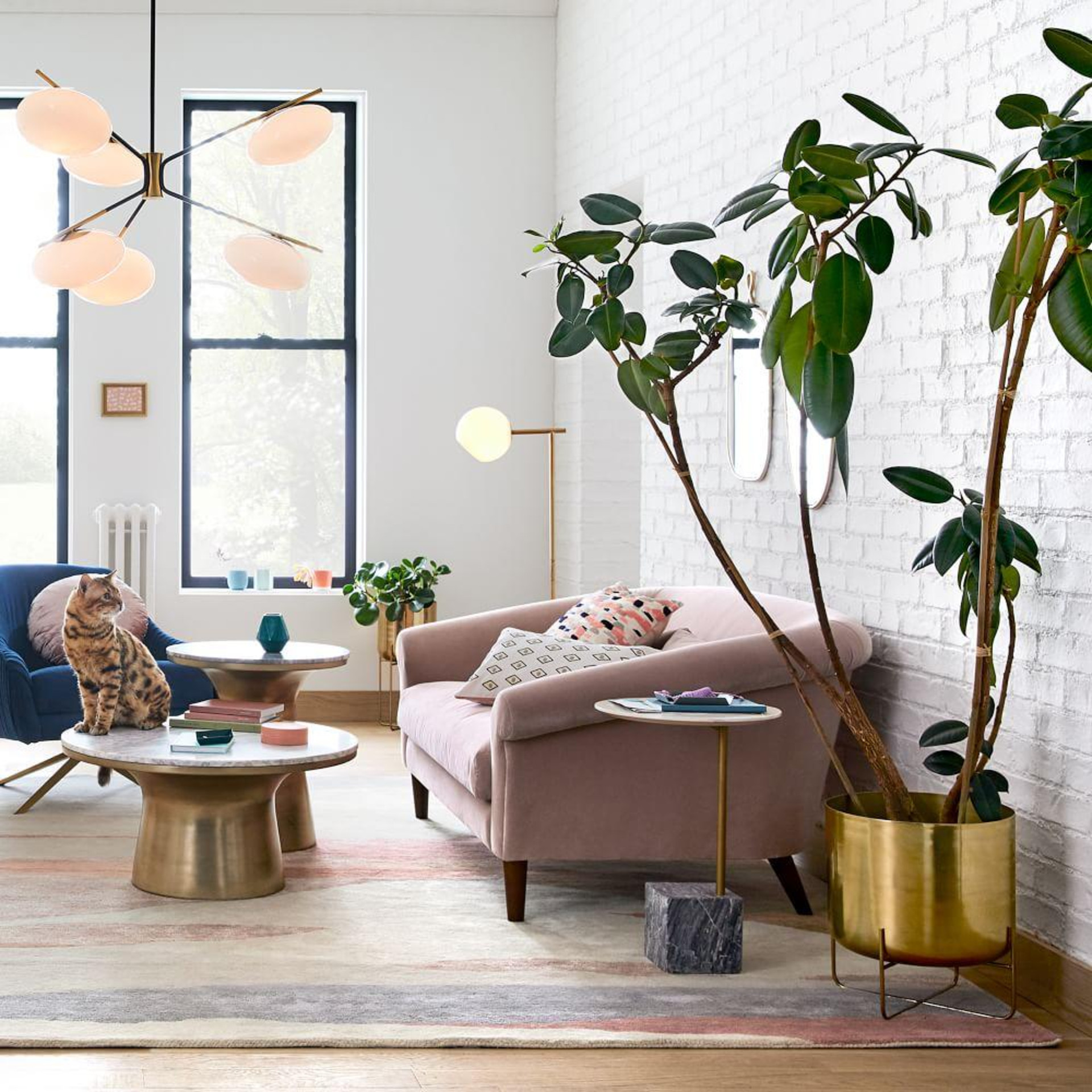 Sustainable furniture – where to shop on the high street for eco buys
Sustainable furniture – where to shop on the high street for eco buysShopping for sustainable furniture can be tricky – but there are brands that are leading the way in making pieces that are as beautiful as they are sustainable
By Anna Cottrell Published
-
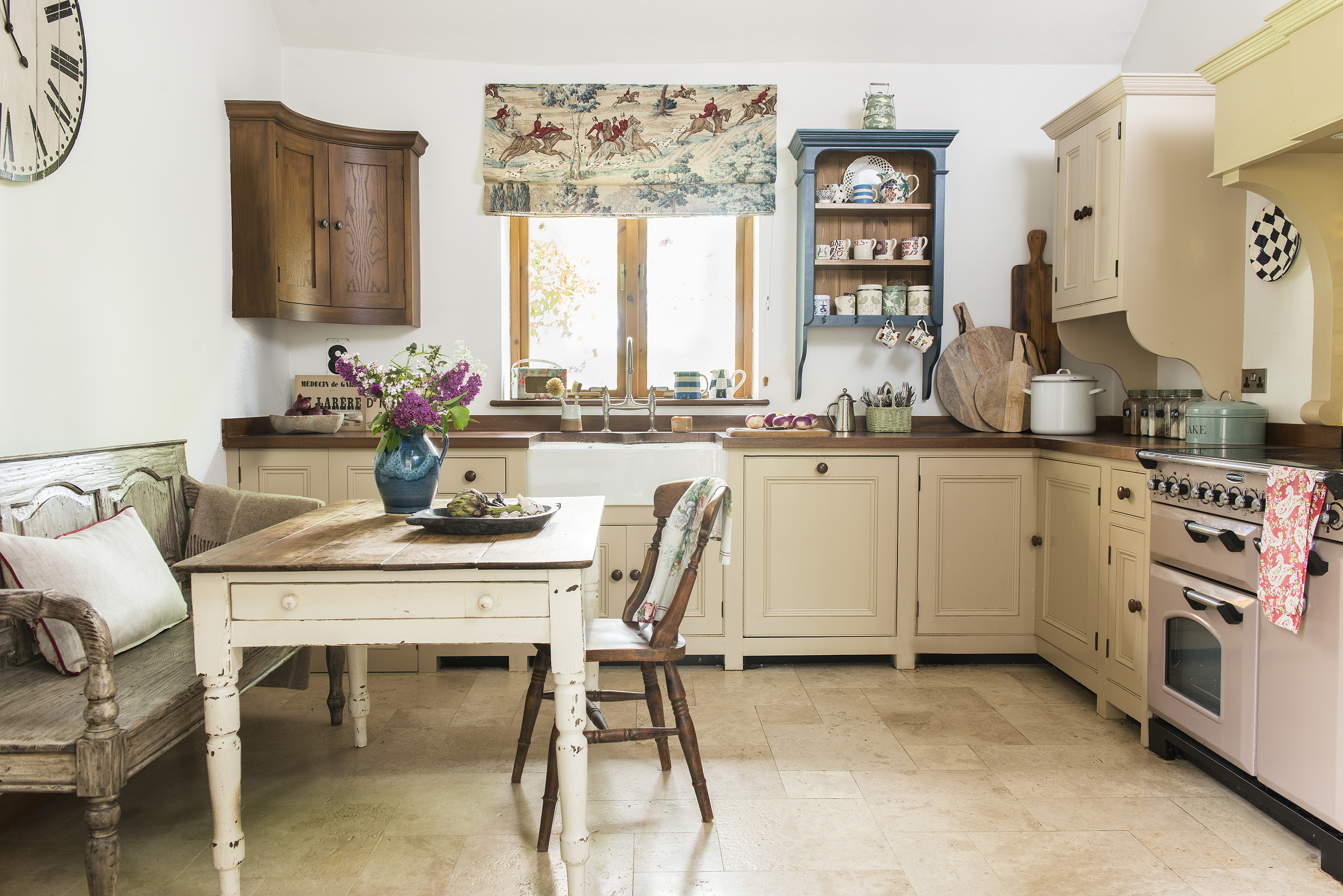 20 eco-friendly ways to makeover your period home
20 eco-friendly ways to makeover your period homeLooking for eco-friendly solutions for your home? We've rounded up the best ways to make sure your home is kind to the planet
By Holly Reaney Last updated
-
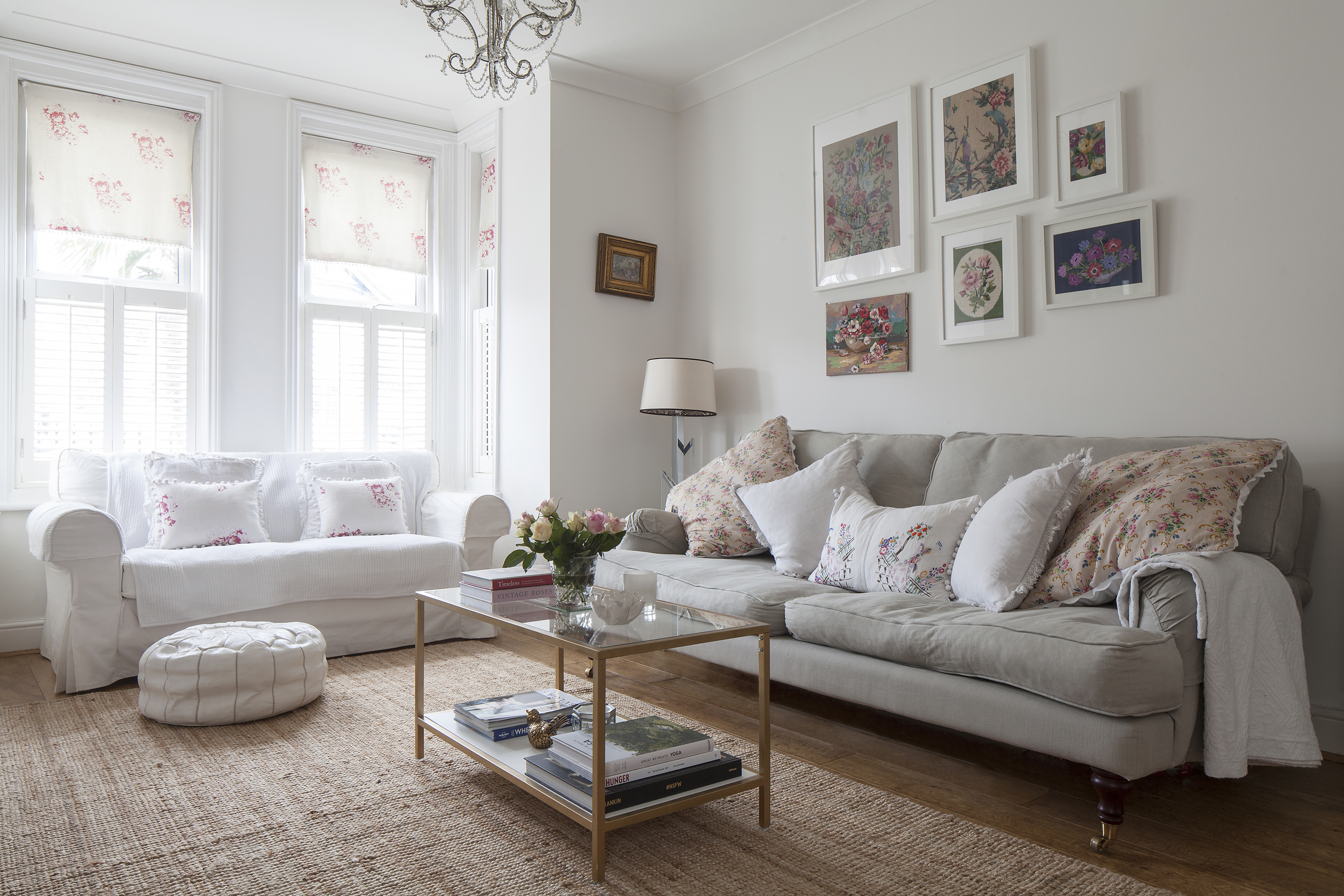 Worried about climate change? Buy sustainable furniture, but less often
Worried about climate change? Buy sustainable furniture, but less oftenWe all want to do our bit for climate change, right? Buying quality sustainable furniture that won't need replacing any time soon is a wise move. We investigate...
By Anna Cottrell Published
-
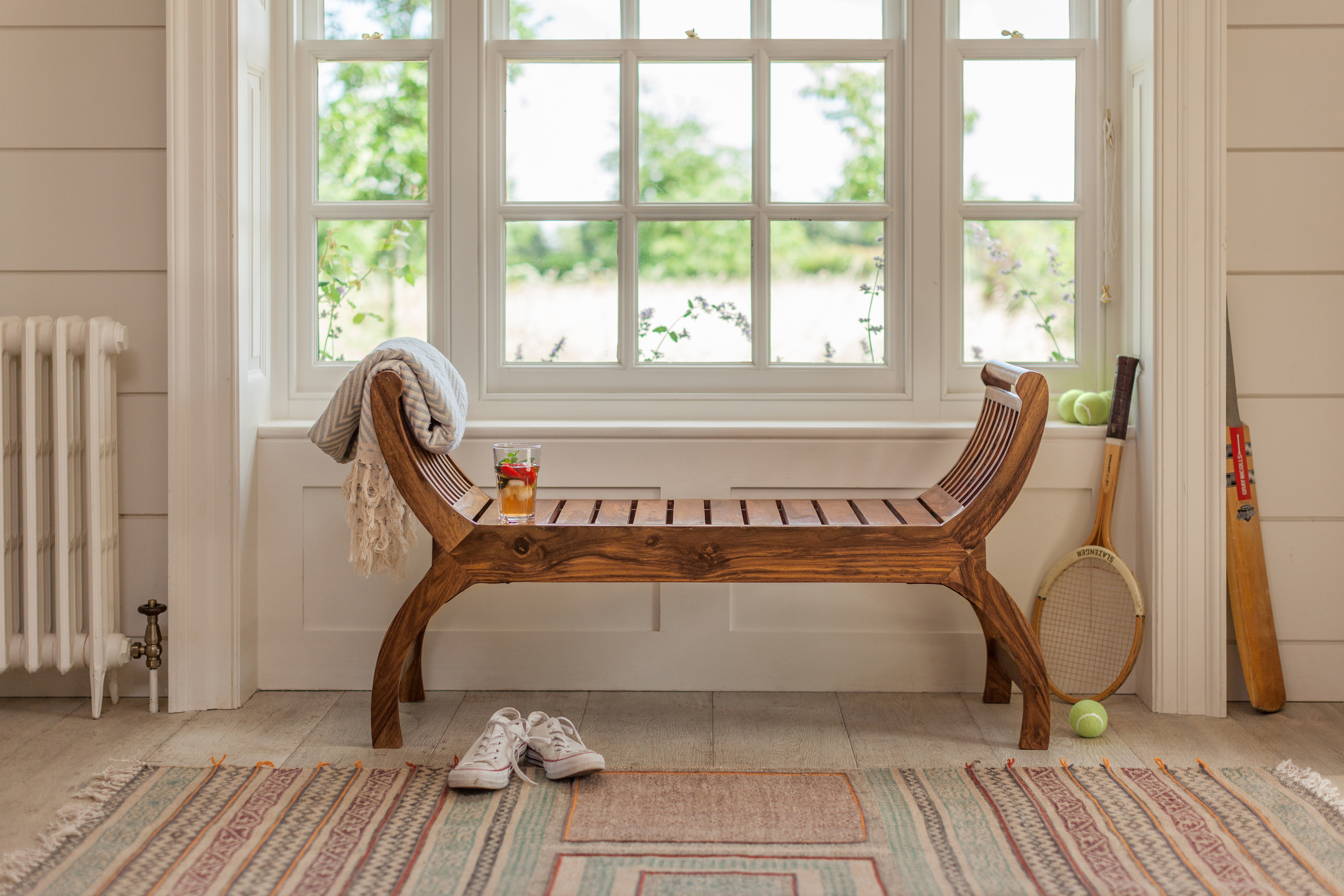 Sustainable furniture is a top priority for shoppers but better regulation is needed
Sustainable furniture is a top priority for shoppers but better regulation is neededConsumers increasingly driven to buy furniture that's sustainably made – but what does that mean in practice?
By Anna Cottrell Published
-
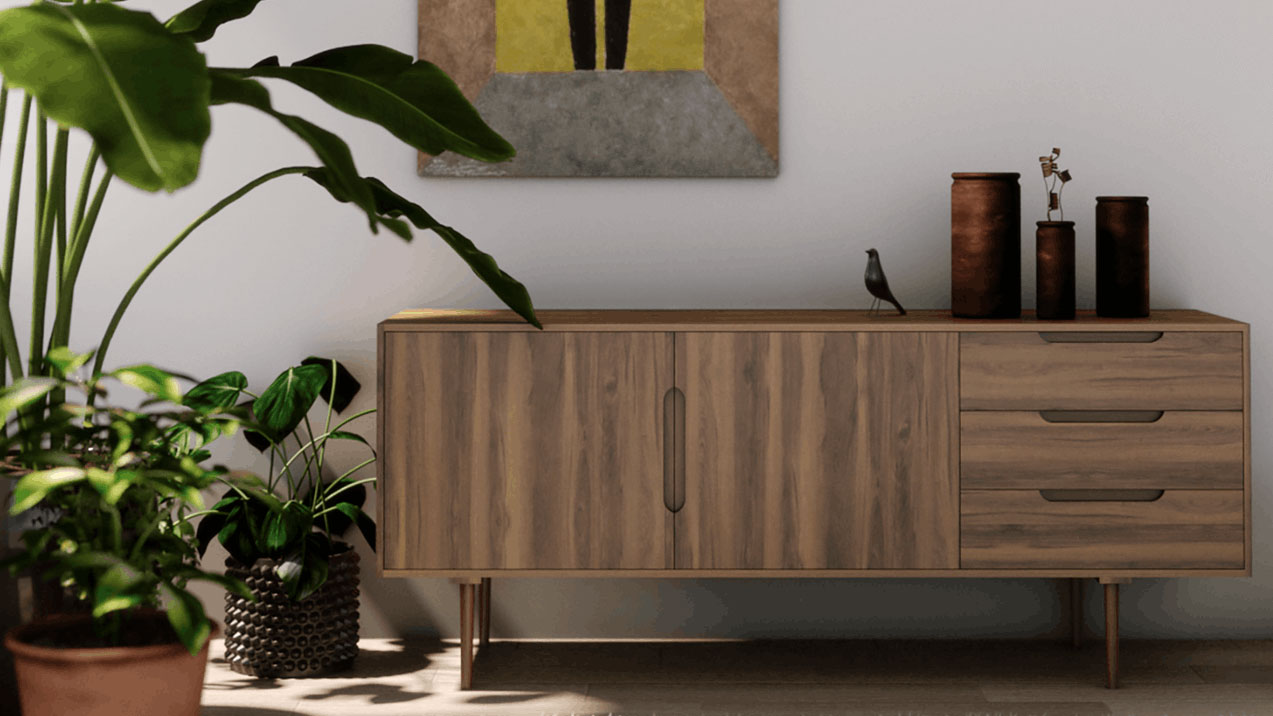 Brits discard a shocking 22 million pieces of furniture annually, research shows
Brits discard a shocking 22 million pieces of furniture annually, research showsReducing furniture waste is becoming as significant as tackling our addiction to single-use plastic
By Emily Shaw Published